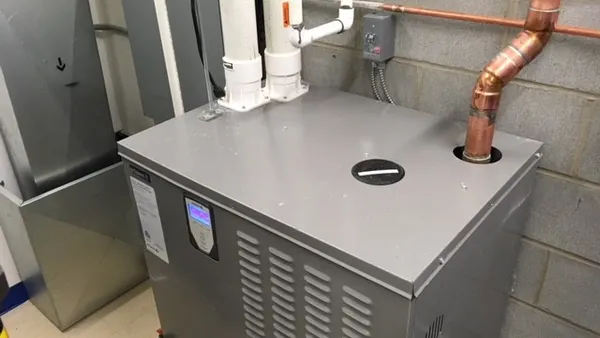Dive Brief:
- CoreLogic has launched Araya, a property and location intelligence platform that integrates AI-enabled analytics with extensive property and market data, providing details of individual properties, broader market trends and risk assessments for portfolios, the company announced Tuesday.
- Araya can provide individual property details such as square footage, hazard risks, property valuations, and building permits as well as a snapshot of neighborhood data, in a single platform, according to Donna Zhao, vice president of product management at CoreLogic.
- Given the challenges that come with managing property data, particularly around ownership, zoning and parcel information, access to such data can help commercial building operators and facility managers make informed and timely decisions, Zhao said.
Dive Insight:
The fragmentation of data has created challenges for property managers trying to analyze patterns like building occupancy trends effectively, Sandy Jacolow, senior vice president and chief technology officer at Empire State Realty Trust, said in April while speaking at the RETCON 2024 conference.
They are increasingly turning to data analytics tools for greater operational efficiency and improved decision-making, Jacolow and other RETCON speakers said.
By bringing together CoreLogic’s data repositories, which cover nearly all U.S. properties, with CoreAI-powered analytics and predictive models, the Araya platform aims to provide a more thorough understanding of immediate and long-term property dynamics, per the release.
For example, “to optimize energy efficiency and reduce utility costs, facility managers need to understand local climate, site conditions, building materials and natural hazards,” Zhao said. The company’s dataset pulls from 22,000 public and proprietary sources, and the system draws on expertise from data scientists, geospatial engineers, economists, weather and climate scientists, hazard scientists and generative AI experts, she said.
The goal is to provide actionable insights that can help users make decisions based on property characteristics, hazard risk and climate risk, she said. Operators can also use growth indicators — such as changes in land use codes and identification of new properties through CoreLogic integrated property numbers — to look at expanding into developing communities, she noted.
The platform’s tools include property intelligence, which provides property insights and location intelligence, and climate risk analytics, which can help facility managers assess structure-specific physical risks, such as hurricanes, flooding and extreme heat; integrate climate scenarios, peril models and property details; identify high-risk areas and facilities; and protect long-term profits, Zhao said.














